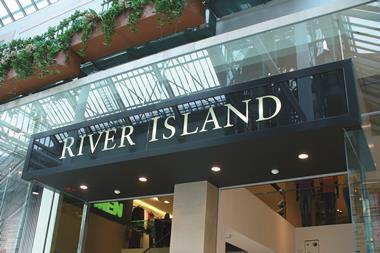Tesco, Marks & Spencer and John Lewis are all using technology laboratories designed to tap in to the sorts of innovation that is driving retail.
Tesco, Marks & Spencer and John Lewis are all using technology laboratories designed to tap in to the sorts of innovation that is driving retail.
Such ventures rely on strong relationships and a shared sense of purpose between retailer and vendor. So what should retailers consider to ensure success?
Be clear on your rationale
Are you looking for a place to pilot new ideas you’ve already decided to roll out? Or a demonstration facility to help convince senior management to invest more in technology? Or something else? Whichever, make sure you know what success looks like and wrap this up in a charter that you can share with suppliers, technology vendors and your own staff.
Build your own use cases
You know your customers better than anyone else so get your teams to set challenges for the lab, such as improving particular processes or finding cheaper or more exciting ways of reaching customers. Resist the temptation to ask your vendors for new ideas or you may just get recycled innovation from their other customers.
Give your existing suppliers first crack
There are plenty of sexy start-ups in retail but your own vendors know you best. Give them the chance to show you what they can do.
Don’t be greedy
You’re probably asking vendors into your lab and expecting them to work for free so as to make you (and them) look good. There’s a temptation to charge a fee for access to your brand and customers. One retailer even once asked me for a royalty on all future sales. But the most important thing is for retailers to make sure they’re working with the right vendors, not just the ones prepared to pay.
The value of investments can go down as well as up
The vendors you bring into the lab may pitch you an opportunity to buy equity. Just say no. You’re the expert in buying technology. Investing in it is quite a different game.
Spread the love
Labs are hard work and suck up resource from your vendors as well as other teams in your own business. Be generous with praise and reflected glory. Put videos on YouTube with namechecks for the people involved, enter awards and give testimonials.
Get a high-traffic location
The lab needs a wide audience so it’s best located at head office or a large store near a railway station. If PR is what it’s about, then London has overwhelming advantages.
Be clear what you’re testing
However tempting it may be to replicate a fully functional store, think carefully about integrating demonstrations to your live systems. Often, there will be a cheaper, quicker and less risky way of proving the same point.
Local tech support
Wherever you put it, the lab will need onsite support from good technicians. Innovative stuff goes wrong more often and your integrations will be pretty basic and unreliable. You don’t want everything failing when the chief executive comes to visit.
Guard your staff
Technology vendors pay better than retailers. Make sure your best people are happy or, in the heady and innovative laboratory mix of business and technology, suppliers may pinch them.
- Geoffrey Barraclough technology marketing expert


























No comments yet